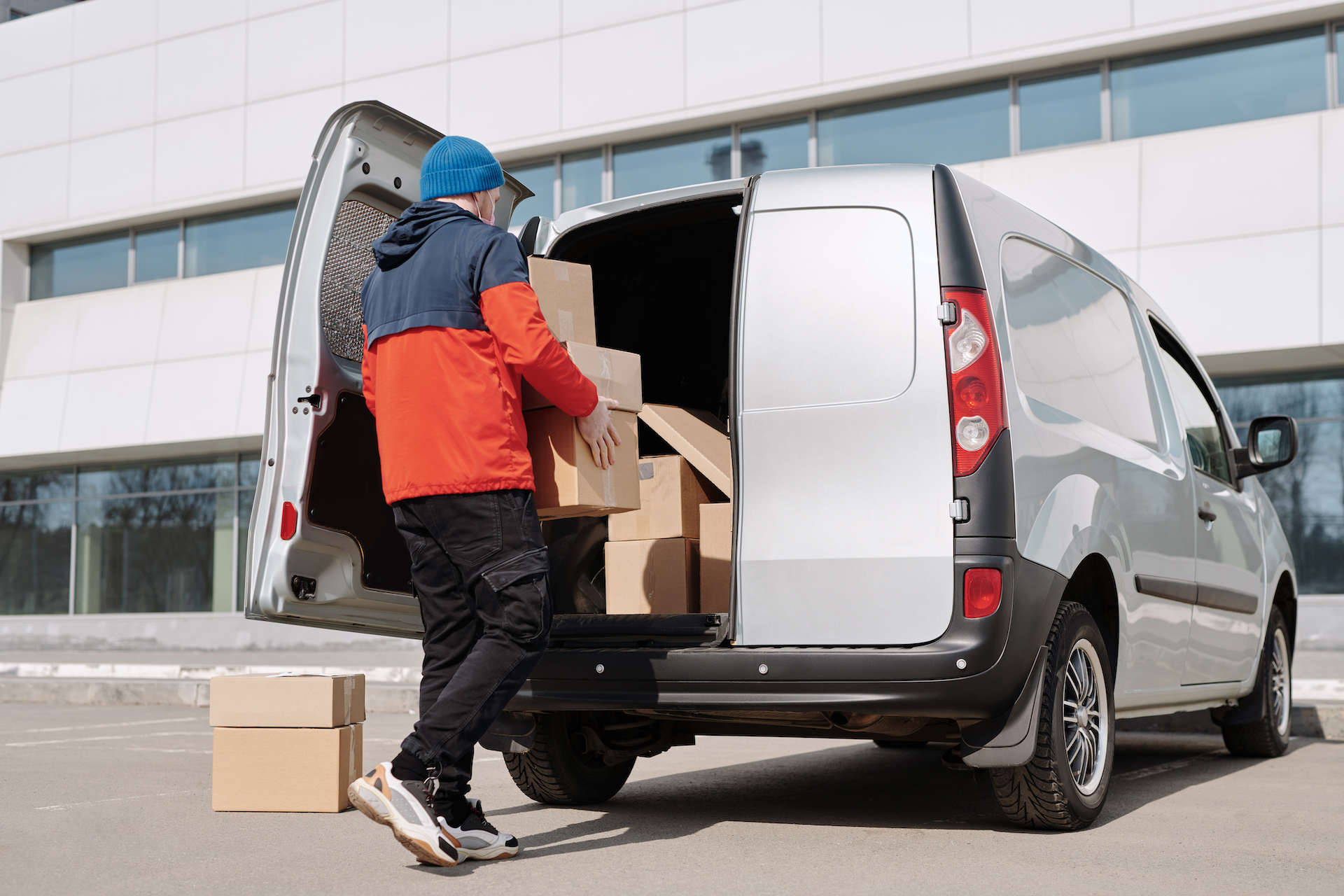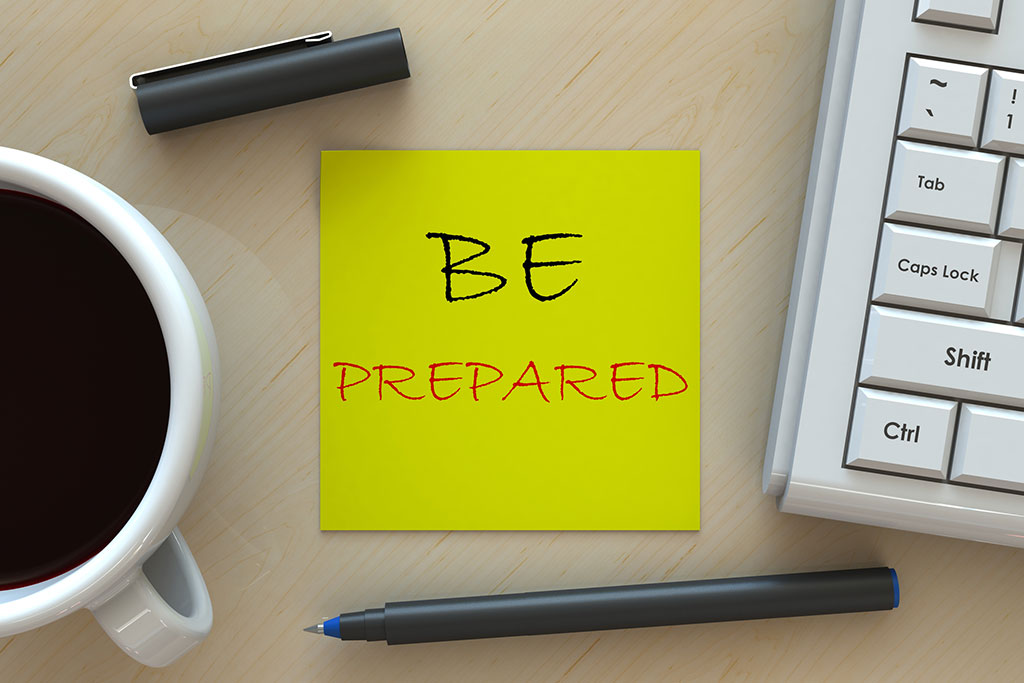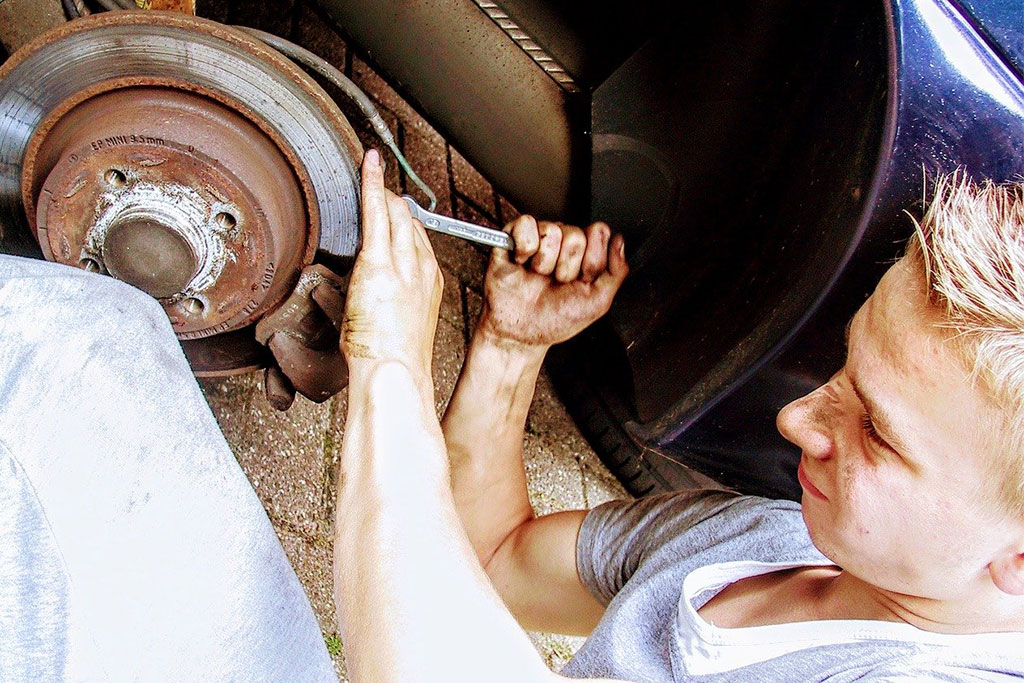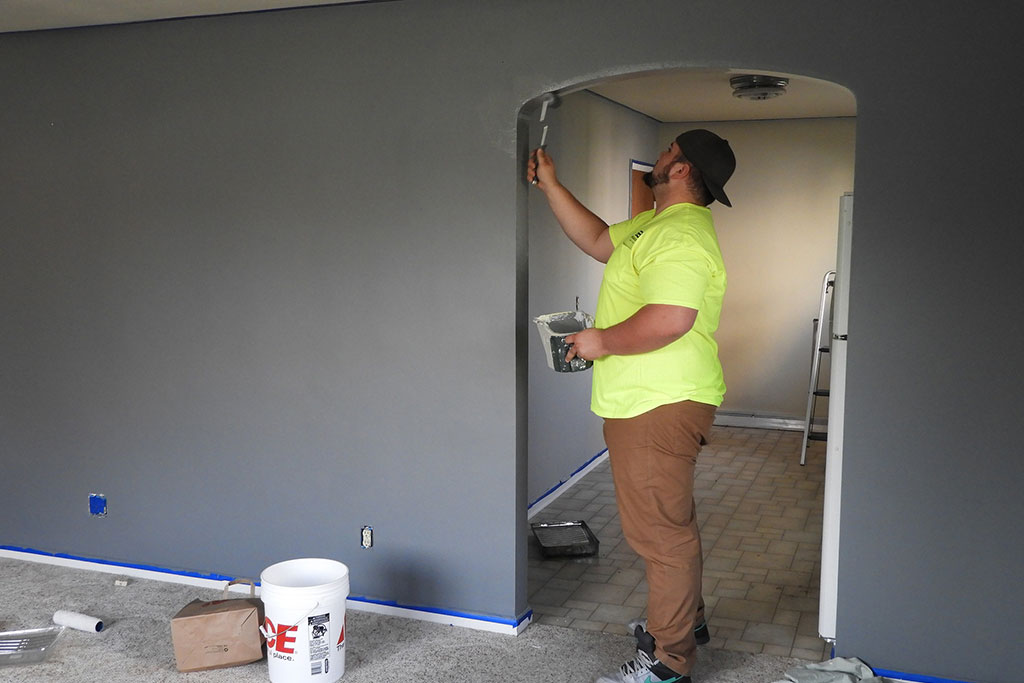As we head into deep winter, we should all be prepared for severe and scary driving conditions. Safe driving in winter means knowing what to prepare for and how. In this article, you’ll find all the tips you need to become the safest driver on the road this winter.
Tips for Safe Driving in Winter
Prepare Your Car for Winter
One of the most important steps before stepping on the gas is to make sure your car is prepared for the harsh winter conditions. You’ll want to make sure your car’s brakes, fluids, and fuel are all up to date. Schedule a maintenance check-up to ensure your car is ready to go before the snow hits.
Here’s a list of items to check off your list before it starts snowing:
- Check your tire pressure. As the temperature drops, so does your tire pressure.
- Make sure your wiper blades are in good condition and replace them if needed.
- Make sure your wiper fluid is rated for -30 degrees.
- Test your car’s battery. Battery power drops as the temperature drops.
- Consider getting winter tires for a deeper, more flexible tread.
If you’re strapped for cash, consider DIY car care to save on costs. Replacing wiper blades and wiper fluids are some examples of easy DIY car care you can get done in no time and will save you money.
Go Through a Checklist Before Taking Off
Here’s a list of items to check off before leaving the driveway:
- Keep the gas tank at least half full all winter long to avoid gas line freeze.
- Clean and adjust side view and rear-view mirrors as needed. If your car has an external camera lens, you’ll want to make sure that’s clean, too.
- Let your car warm up before taking off. Never leave the car running in the garage.
- Check the weather so you know what to expect. If the conditions are bad or are expected to get worse while you’re on the road, consider waiting it out.
- Share your location and travel plans with a family member or friend in case you get stranded.
Take It Slow
Accelerate and decelerate slowly. Smashing down on the brakes or the gas while driving in the snow can cause your car to lose traction and spin out. Driving slowly will also give you time to react if the car in front of you skids or crashes.
The 3-4 and 6-8 Second Rules
As a general rule when driving in cold weather, you should keep a 3-4 second distance behind the car driving in front of you. If it’s actively snowing or the roads haven’t been cleared yet, you should stay 6-8 seconds away from the car in front. Following these rules will ensure that you have enough time to hit the brakes without crashing into the person driving ahead of you.
Get Rid of Distractions
Getting rid of distractions and staying alert while driving is safe driving no matter the season, but it’s especially important during the winter. Put your phone on “do not disturb” and keep the radio volume relatively low so that your eyes stay on the road.
Prepare a Winter Emergency Kit
Always keep these in your car:
- Ice scraper to clear your windshield. Keep a backup just in case as plastic is especially breakable in cold conditions.
- Blanket in case you find yourself waiting for a tow-truck or an emergency vehicle.
- Flashlight to work on your car if needed or figuring out your surroundings. It’s also smart to keep an extra pack of batteries around.
- Jumper cables are self-explanatory.
- First aid kit should you find yourself injured with small wounds.
How to Avoid a Collision When Driving in the Winter
Keep these driving tips in mind to avoid crashing:
- Don’t use cruise control in winter weather conditions.
- If you skid or spin out, steer in the direction that the car is moving.
- Don’t accelerate or decelerate uphill as you can lose traction and spin out. Get enough inertia going before you reach the bottom of the hill to carry you to the top. Then, reduce your speed as you go downhill slowly.
Get Good Auto Insurance
Accidents are bound to happen. Make sure you and your car are protected with auto insurance when they do. At Amigo Insurance, we are committed to finding you the best coverage at competitive rates. Get a free quote here or contact us at 773-847-9000, where our agents are ready to help.










